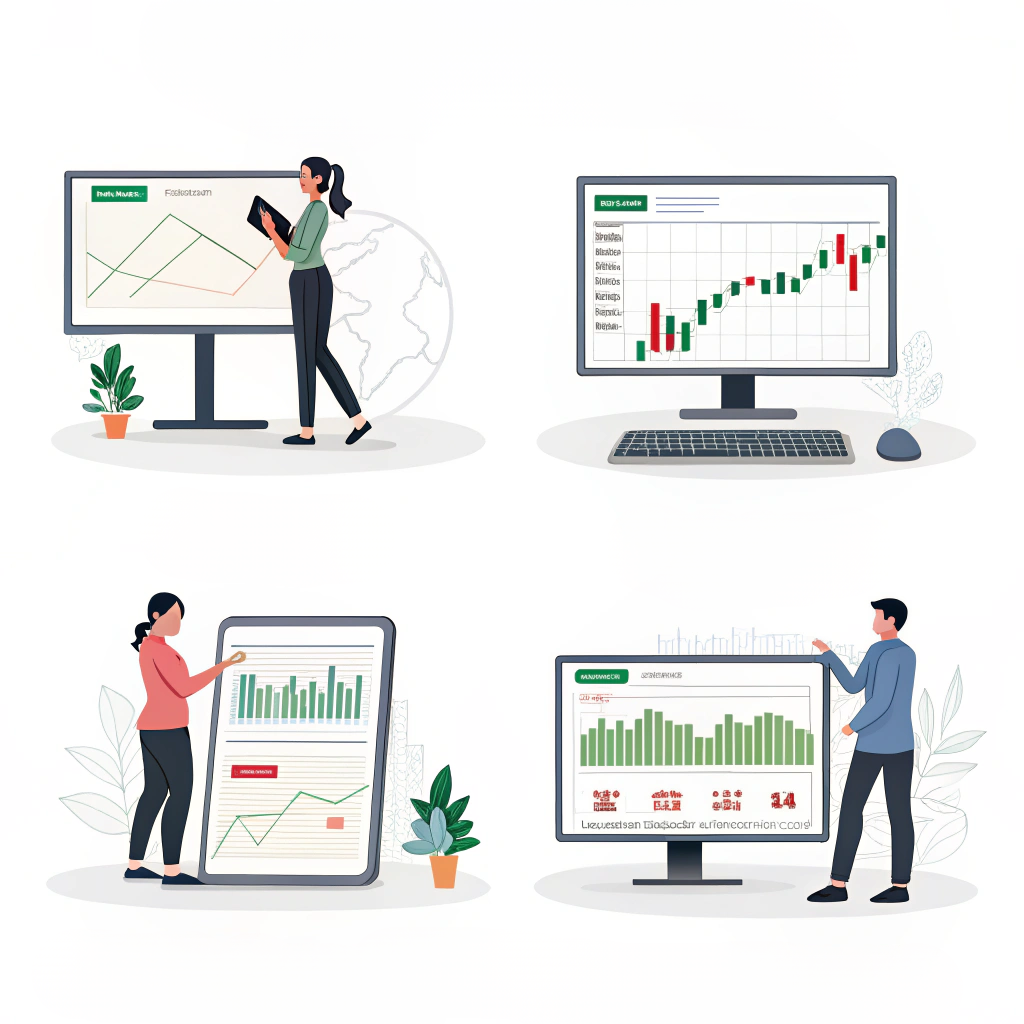
Understanding Forex Trading
What is Forex Trading?
The essence of forex trading is the buying and selling of currency pairs at a global level. This wide approach is probably more decentralized than centralized. In short, traders will look at making profits from moves in the price of currency pairs – cfd trading mt4 demo account. In fact, Forex is the largest liquid market in the world.
How the Forex Market Works
The forex market opens from Monday to Friday with the major market sessions opening according to New York time, London time, Tokyo, and Sydney time. Kill this Joint Action through interbank trades involving brokers and electronic trading platforms. A lot of factors make the prices of currencies fluctuate, such as economic data, geopolitical developments, and market sentiments.
Key Participants in the Forex Market
- Retail traders – Individual investors trading through brokers.
- Institutional traders – Banks, hedge funds, and corporations managing large forex transactions.
- Central banks – Governments affect currency value through monetary policies.
- Market makers – Financial institutions providing liquidity.
Step-by-Step Guide to Learning Forex Trading
Step 1: Know the Basics
The forex trading terminologies: currency pairs, pips, spreads, and leverage come first. Then we study the bid/ask prices, including the function of market order.
Step 2: Pick a Reliable Forex Broker
Seek reputable brokers under regulation by pertinent authorities (FCA, CFTC, ASIC). Verify trading platform, spreads, leverage, and support.
Step 3: Open and Set Up Your Trading Account
Do profile completion, identity verification, and preference settings for trading with the selected broker.
Step 4: Understand Forex Pairs and Market Movements
Currency pairs can be classified as follows:
- Major pairs – USD-involved pairs (EUR/USD, GBP/USD).
- Minor pairs – Non-USD pairs (EUR/GBP, AUD/NZD).
- Exotic pairs – Emerging market currencies (USD/TRY, EUR/ZAR).
Step 5: Develop a Structured Trading Plan
A trading plan includes:
- Entry and exit strategies
- Risk management techniques
- Trading goals and market analysis methods
Step 6: Use Market Analysis for Informed Decisions
Technical Analysis Basics
Technical analysis involves using price charts, indicators (moving averages, RSI), and chart patterns (head and shoulders, double tops) to predict price movements.
Fundamental Analysis Overview
Fundamental analysis evaluates macroeconomic factors like interest rates, inflation, and GDP growth, affecting currency values.
Step 7: Practice with a Demo Account
Demo accounts allow risk-free practice using virtual funds. This helps traders familiarize themselves with platform functionalities and strategies.
Step 8: Implement Risk Management Strategies
Effective risk management includes:
- Setting stop-loss and take-profit orders
- Using appropriate leverage
- Diversifying trades
Step 9: Execute Your First Trade
Start with small trades, applying the knowledge gained. Choose an entry point based on analysis, set risk parameters, and execute orders.
Step 10: Monitor, Adjust, and Improve
Regularly review trades, analyze performance, and adjust strategies to optimize success.
Essential Forex Trading Strategies for Beginners
Trend Trading
Identifying and following market trends using moving averages and momentum indicators.
Scalping Strategies
Executing multiple short-term trades to capture small price movements.
Swing Trading
Holding positions for days to capitalize on medium-term market swings.
Breakout Trading
Trading price breakouts from support or resistance levels to catch strong movements.
Risk Management Techniques
Includes portfolio diversification, risk-reward ratios, and disciplined trading.
Common Mistakes to Avoid When Learning Forex Trading
Over Leveraging
Using excessive leverage can amplify losses. Stick to conservative leverage ratios.
Trading Without a Plan
A structured plan prevents impulsive decisions and enhances consistency.
Emotional Trading
Fear and greed can lead to poor trading choices. Maintain discipline and stick to your plan.
Ignoring Market Analysis
Failure to analyze technical and fundamental data results in uninformed trading decisions.
FAQs: Learning Forex Trading Step by Step
How Long Before I Become Pro in Forex Trading?
Mastery of the subject of Forex trading boils down to how far down the rabbit hole you want to go. Usually, one becomes somewhat proficient in Forex after 6-12 months of constant trading.
Minimum Money Requirement?
Equally, some brokers will allow you to begin trading with $100. However, with decent risk management, the recommendation is somewhere closer to $500-$1,000.
Best Forex Learning Materials?
Trading courses, trading books like Trading in the Zone by Mark Douglas, and having demo trading accounts are some of the better resources.
Can I Trade Forex Without a Broker?
Brokers should be employed by retail traders to access the forex market. Direct interbank trading is for institutions.
Conclusion: Weeding Out the Fundamental Facts Towards Forex Success
Learning forex trading step by step requires patience, education, and practice. Those traders who follow a structure, manage risk, and systematically fine-tune their strategies will find confidence traversing the markets with reduced risks.
